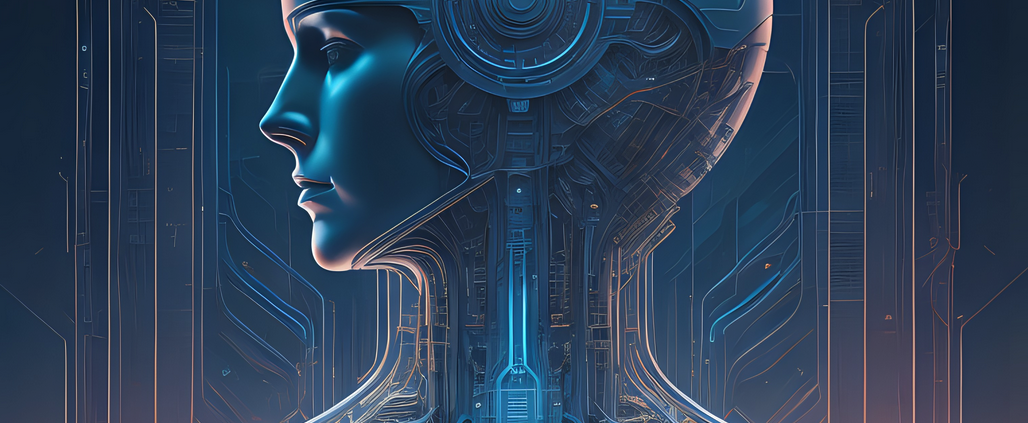How Could Artificial Intelligence Evolve into the Super Hype We See Today?
Many people believe that Artificial Intelligence is a “super hype” making its way into everybody’s daily use just in the last one or two years. Looking back on how Artificial Intelligence developed, we find some famous applications entering the market many years ago, with some even emerging in the last century:
IBM Deep Blue (1997): Deep Blue, an IBM supercomputer, defeated the reigning world chess champion, Garry Kasparov. This event highlighted the strategic and analytical capabilities of AI in a complex game.
IBM Watson (2010): IBM Watson, a cognitive computing system, gained attention by winning Jeopardy! against human champions. Watson’s ability to understand and process natural language has since been applied in various fields, including healthcare and business.
Siri (2011): Believe it or not but Siri was introduced more than 20 years ago! Apple’s virtual assistant, Siri, marked a significant advancement in natural language processing and voice recognition, paving the way for widespread integration of AI in consumer devices.
Tesla Autopilot (2014): Still a lot to debate but Tesla’s Autopilot feature showcases AI applications in autonomous driving that were launched ten years ago. It uses neural networks and machine learning to enable self-driving capabilities in Tesla vehicles.
Amazon Echo (2014): Controversially debated when launched. The introduction of Amazon Echo and its virtual assistant, Alexa, marked a significant advancement in bringing AI into households. It demonstrated how AI could be integrated seamlessly into daily life for tasks like voice-activated commands and smart home control.
DeepDream (2015): Developed by Google, DeepDream is an AI program that uses neural networks to interpret and modify images. It gained popularity for its unique and sometimes surreal visualizations.
Google Photos (2015): Google Photos uses AI for facial recognition, content categorization, and intelligent search. It revolutionized photo management by providing users with a smart and organized way to store and find their photos.
AlphaGo (2016): Developed by DeepMind, AlphaGo is an AI program that made headlines by defeating the world champion Go player. This demonstrated the capability of AI to master complex games and strategic thinking.
Microsoft’s Azure Cognitive Services (2019): Microsoft’s suite of AI services, including computer vision, speech recognition, and language understanding, has been widely adopted across industries for various applications, showcasing the impact of AI in diverse fields.
OpenAI’s GPT-3 (2020): GPT-3, or Generative Pre-trained Transformer 3, is a language model developed by OpenAI. It’s one of the largest and most powerful language models, showcasing the capabilities of AI in natural language understanding and generation. Nowadays, you hardly find anybody who hasn’t used GPT-3 at least once…
The above is just a small collection of applications using AI. This retrospective tells us that even in the world of AI, things need time to develop until they grow into a successful innovation. However, exciting times lie ahead of us. As the genuine “super hype”, AI innovations will likely face challenges entering markets successfully without effective AI implementation.



